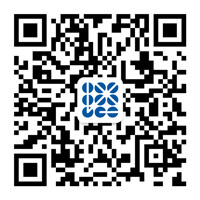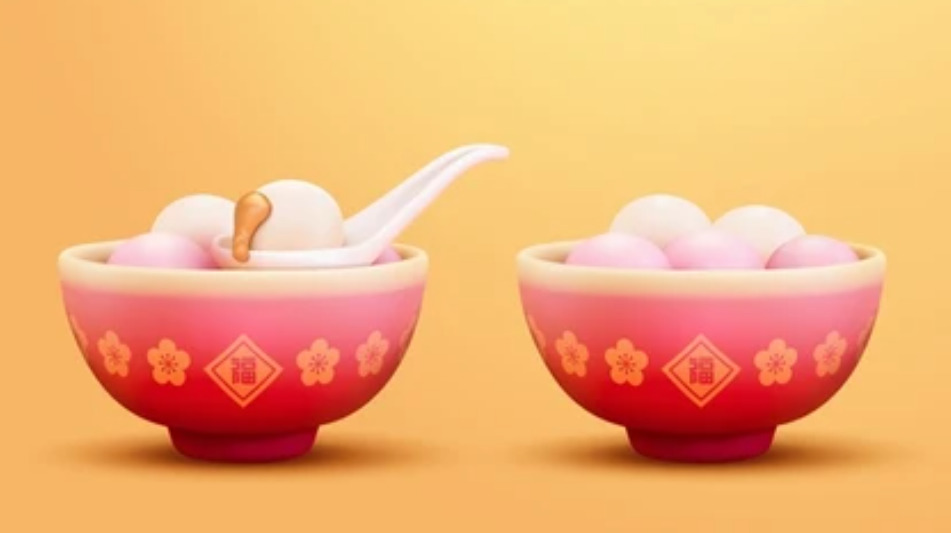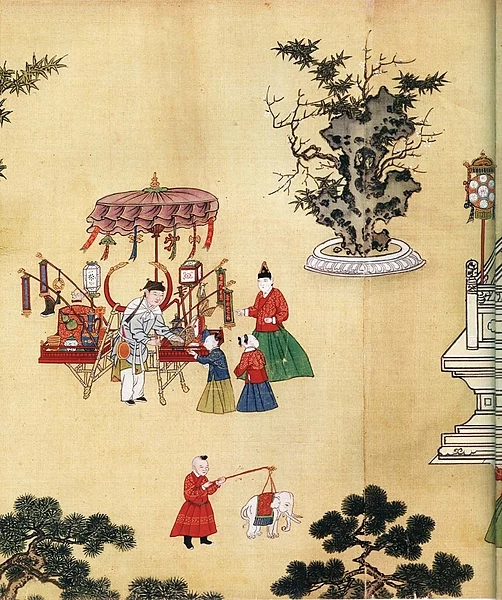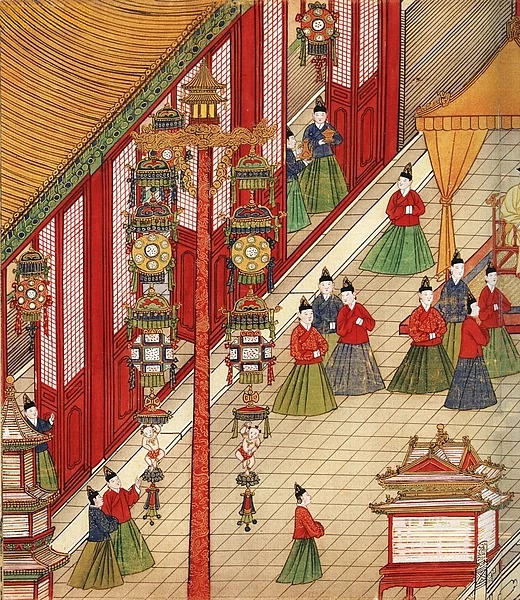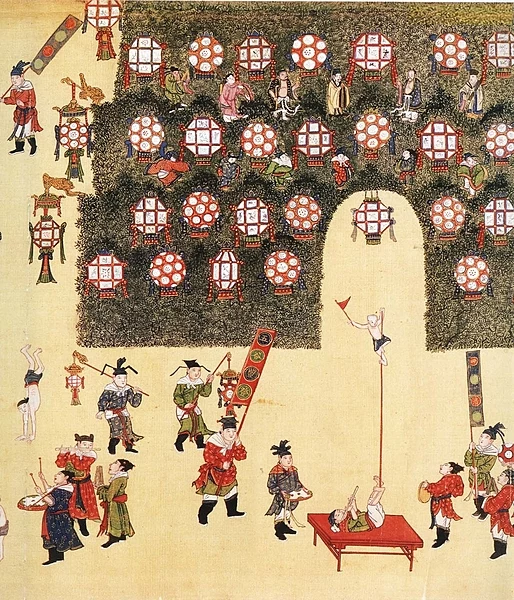Contents
In China, after the Spring Festival comes the first significant festival, the Lantern Festival, known as “元宵节” (Pinyin: Yuánxiāo Jié). This festival marks the last major celebration of the Chinese New Year customs, occurring on the 15th day of the first lunar month. According to ancient calendars, the first month is the beginning month. As documented in the ancient Chinese dictionary “Explaining Graphs and Analyzing Characters” (Pinyin: Yuánxiāo jié), the terms are recorded as “元, 为始; 宵, 为夜”. In English, this translates to “First, the beginning; Night, the Spring”, a simple yet profound representation of ancient wisdom, thus naming it the Lantern Festival. Historically, this festival has been associated with the tradition of watching lanterns, giving it the alternate name “Lantern Festival”. Previously in China, the Lantern Festival was also referred to as “Night of the Beginning”, “Eve of the Beginning”, or “Upper Yuan”. The festival was officially named the Lantern Festival from the time of Emperor Wen of Han (a pivotal ruler in China’s history), which is in the year 203 AD. So, the story of Chinese Lantern Festival has begun.
The Formation of the Chinese Lantern Festival
The development of the Lantern Festival underwent a long process, with various theories surrounding its origins. Celebrated in China for over two thousand years, it became a statutory act from the Tang Dynasty onwards to “Light Lanterns”, gradually evolving into a popular folk custom. The festival’s duration and activities have varied across different historical periods, with the Ming Dynasty hosting the longest Lantern Festival in Chinese history, lasting ten days. The festivities, themed around “Celebration”, included diverse activities such as “Moon Gazing”, “Lantern Lighting and Releasing”, enjoying “Lantern Riddles”, and partaking in “Sweet Rice Balls” (also known as “Glutinous Rice Balls”), alongside performances like “Dragon Lantern Dances” and “Stilt Walking”. These activities expressed the people’s hopes for a prosperous year. The festival’s hallmark, “Sweet Rice Balls” or “Glutinous Rice Balls”, symbolizes “Renewal, Merriment, Unity, Bliss”, embodying the essence of the New Year.
Why We Eat Sweet Rice Balls in the Lantern Festival of China
Originally, this food was referred to as “Floating Round Dumplings”, later known as “Soup Dumplings” or “Sweet Rice Balls”. These names resonate with the concept of reunion, symbolizing the family’s unity and harmonious happiness. It serves as a remembrance of departed relatives and carries beautiful hopes for future life. Consuming Sweet Rice Balls symbolizes the family’s completeness, akin to the fullness of the moon, and is considered the tastiest of Chinese round dumplings, encapsulating people’s bright aspirations for their lives ahead.
Why Everyone Solves Riddles in the special day?
In China, everyone participates in solving riddles during the Lantern Festival, with the promise of gifts for those who find the answers, especially for children. Solving riddles primarily involves deciphering hidden meanings in objects or text, which can also symbolize the mysteries of the universe. Riddles originated from ancient Chinese folklore, evolving over thousands of years. One of the key aspects of solving riddles is their connection to Chinese poetry, including the famous “Tang Poems”, “Song Lyrics”, and “Yuan Songs”. Notably, all Chinese children learn and memorize the most famous collection of 300 Tang Poems from a young age.
Lion Dance, Dragon Lantern Performance, and Stilt Walking in the Lantern Festival
Certainly, the most lively activities during the Lantern Festival include the Lion Dance, Dragon Lantern Performance, and Stilt Walking. For centuries, these entertainments have provided an exceptionally festive atmosphere. Nowadays, these activities have become more colorful and diverse, also making their presence felt in Chinatowns around the world.
“Festive Lanterns” also known as “Lanterns”
“Festive Lanterns” also known as “Lanterns” are a traditional folk craft originating in China. In ancient times, their primary purpose was illumination. Made from paper or silk as the outer shell with a frame usually crafted from bamboo or wood strips, they were lit with candles or light bulbs inside. Influenced by Han culture, lanterns are also quite common in overseas Chinese communities and temples in many countries. As a child, my favorite event was the Lantern Festival. At night, my parents would take me to partake in the festival activities in the park, where thousands of people gathered, surrounded by candles everywhere and holding beautiful “Festive Lanterns” in my hands under the beautiful moon. It was incredibly joyful. However, on this special day of the Lantern Festival, it’s regrettable that due to the heavy study load on children and the daytime work commitments for everyone, the Lantern Festival is not considered a public holiday in Mainland China. For such a beautiful festival, I truly find it a pity.
Conclusion:
Today marks the Lantern Festival in China, signifying the commencement of the Year of the Dragon. With this, I conclude my article, but the beautiful stories of this festival linger in my memory. I believe that in the future, the Lantern Festival will become one of the most significant festivals of the year, heralding the onset of the most splendid full moon!


